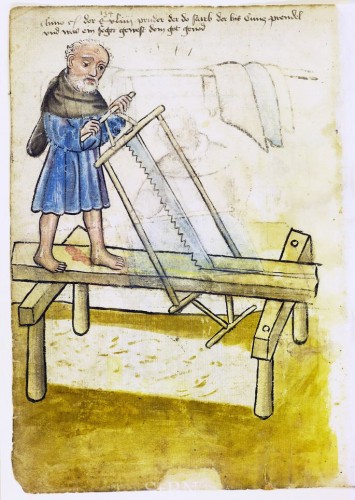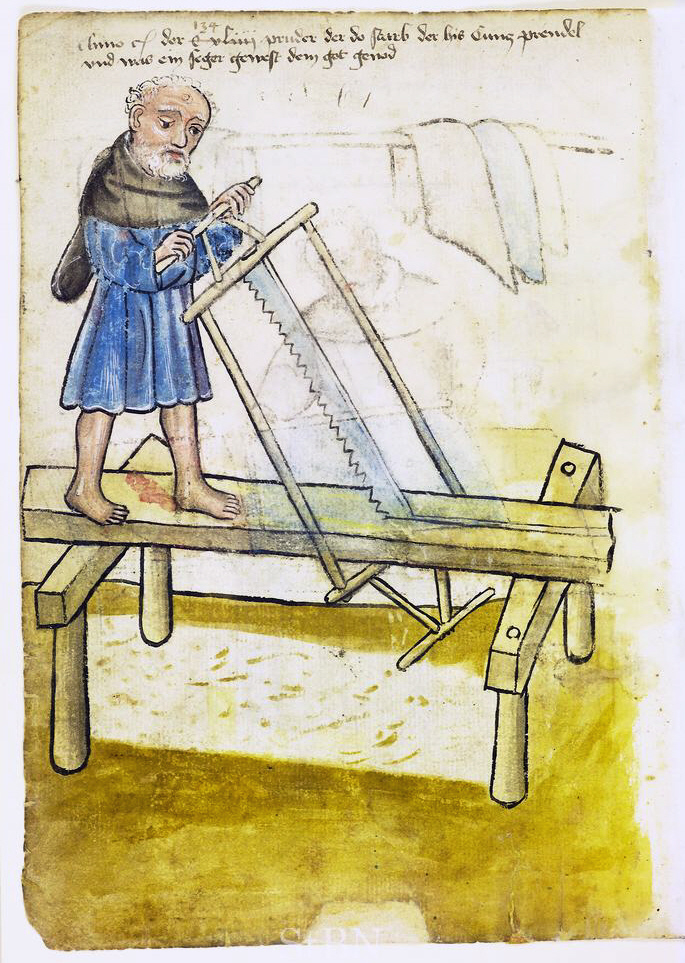
It’s easy to think how hard it is to get started building props. Tools and machines are expensive, materials are hard to work with, and there are just so many to choose from. But think of this: the vast majority of materials we work with today were unavailable before World War II: all manner of plastics, all foams, all our composite materials, even our glues and paints. Nearly every kind of coating and adhesive has some form of synthetic polymer in it; before that, we had hide glue, wheat paste and rubber cement (well, after the 1900s that is). Even plywood as we know it was not something you could just go out and buy. It existed, but it was made by the carpenter himself, by laying up layer after layer of thin veneers.
For most of our theatrical history, props have been constructed with little more than papier-mâché, real wood, plaster, clay, leather, and natural fabrics. Animal glue and wheat paste were among the few adhesives available, and paints were limited to oil paints, casein, and varnishes. Think of all the theatre which was created and performed with this limited technology: everything from the Ancient Greeks, to Shakespeare and Molière, or Kabuki in Japan, up to the grand operas of the Gilded Age.
Think too of the tools we have available to us. Electricity and pneumatics have given us incredible power and speed in the palms of our hands. The industrial revolution and machine age have brought us standardized parts and precision unimaginable in previous times. Even our simple hand tools have benefited; a hand saw blade today is produced more quickly, cheaply, and precisely than before the industrial age. The steel it is made from is stronger and more consistent (and far less expensive).
From the weapons used by Alexander the Great to conquer the world, to the furniture found in Versailles, our museums are filled with amazing items created with nearly none of what our props artisans have available today. We can purchase a sheet of metal from a hobby shop which is superior in properties than the metal used by Genghis Khan to create his weapons which conquered the world. We can buy a Dremel tool for a pittance; imagine how envious the people who built the first railroads would be to see such a tool.
So if you are just starting out with prop making, or want to practice doing more of it, don’t wait until you can afford the fancy tools or can master the most modern materials. Think about what you can do with what you have, rather than what you can’t with what you don’t.






Tools are really expensive but they make things a lot easier. I like to build things so to me it is worth it to put in more money for the tool.
You should certainly buy the appropriate tools for the job when you have the money. The point of my article is that you should not use the high price of tools as an excuse to not make anything; if you really want to build and make props, you can always find materials and methods within your budget.